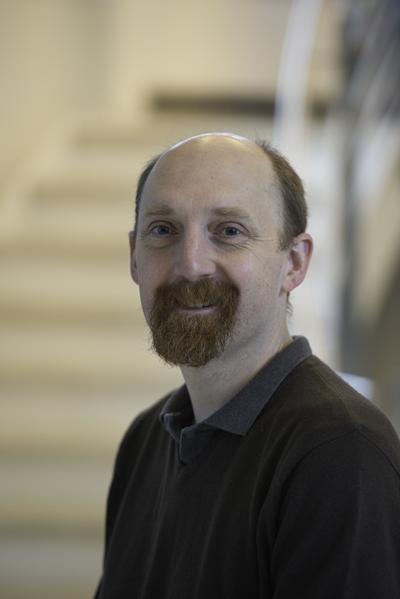Title:
Bubbles and particles: new methods for characterisation and detection

Abstract:
The detection of cavitation bubbles and their activity on a surface is fundamental to the understanding of their physical and chemical effects. Here we employ new electrochemical techniques with the ability to detect bubbles and particles in solution and at the surface of an electrode. These studies are combined with high-speed imaging and acoustics to obtain a complete picture of the physical processes that occur. The results of these studies are of fundamental academic interest but also have applications in enhancement of surface cleaning.
Biography:
Dr Peter Birkin graduated from Warwick University (1990). He studied for a Ph.D. at Warwick, Bath and Southampton universities before receiving his Ph.D. in 1994. He was then appointed as a temporary lecturer in 1994 and is now a Senior Lecturer. The general research carried out in his group has centred on the use and development of new electrochemical techniques designed to investigate and exploit the phenomena associated with acoustics and vibrations. Here many different electrochemical techniques can be used to gather useful information of the processes which occur within often complex environments. In one such example acoustic cavitation can be studied with a range of electrochemical and other varied characterisation techniques. These include high-speed imaging, acoustic measurements and luminescence generated by the process termed ‘sonoluminescence’. These areas are highly multidisciplinary extending into both physics and engineering. As such useful collaborations extending across faculties and to other groups and Universities have been exploited. Alternatively pulsating flows (to generate hydrodynamic modulated voltammetry) and spectroelectrochemistry at electrode surfaces are also under investigation within the group.
The set of research areas have generated > 50 publications, review articles and book chapters. One particular project, associated with surface cleaning has proven to be both academically challenging and with a high potential for commercial exploitation. This work had led to the development of the ‘starstream’ technology which has received considerable interest from commercial parties and awards. These awards include the Brian Mercer Award (2011) from the Royal Society and the IChemE (2012) prize for water management and supply. The project is now moving to deployed prototypes in other research groups and into industry.